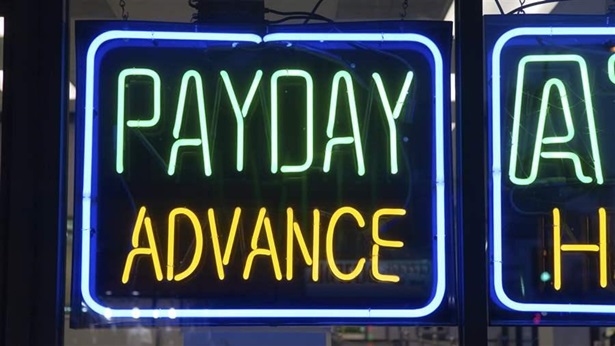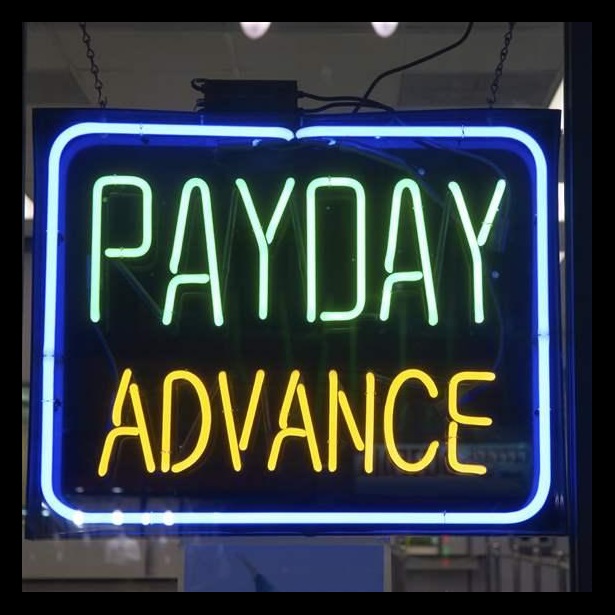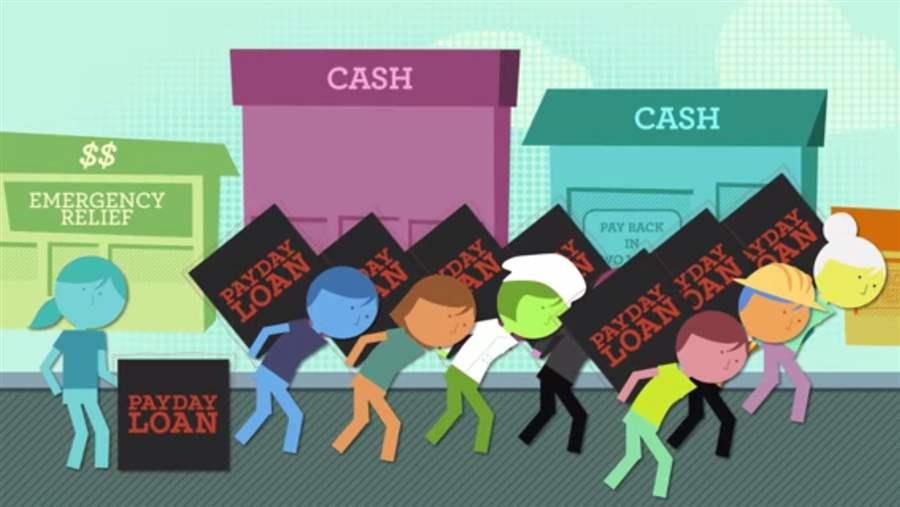Will the New Federal Payday Loan Rule Give Consumers Better, Safer Options?
Reddit AMA expert discussion addresses stats, risks, and possible solutions
 © iStock
© iStockPayday loans aren't going away, but the CFPB can create a safer, more affordable small-loan market by including strong product safety standards.
Federal regulators have an opportunity to set rules for small-dollar lending for the first time, potentially saving American borrowers billions of dollars. The Consumer Financial Protection Bureau (CFPB) proposed a new rule for this market in June.
After the announcement, I participated in a Reddit Ask Me Anything (AMA) about payday loan reform on June 27. Below are highlights and takeaways from the discussion, including what borrowers should know and how consumers can influence the proposed rule. Thank you to Redditors for participating in this dialogue. I enjoyed answering your questions on this important topic.
Please note: Some questions and answers have been edited for brevity and clarity.
Q: What is the most common misconception about payday loans?
A: People who use payday loans are actually pretty typical consumers, which is surprising to some. They have checking accounts, which is a requirement for getting a loan (so they're "banked"). They have income, which is also a requirement, and they make about $30,000 a year on average. (That's about $15 an hour.) Most are also experienced with credit. More than 90 percent have a conventional credit score; most have credit cards, but they are maxed out. Forty-one percent own homes, etc.
So, bottom line: Despite conventional wisdom, most payday borrowers are mainstream financial consumers, and most—7 in 10—use the loans to pay ordinary expenses like bills, not to cover some unexpected emergency.
Q: I heard that the CFPB proposed the first federal rules for payday loans. Why did it take them so long?
A: This is the first time we’ll have a federal rule, but payday loans have been regulated at the state level since their inception. After the financial crisis, the Dodd-Frank Act gave the CFPB permission to set federal rules for these loans. Since then, the bureau has been studying this market, and it’s put out several papers to demonstrate how harmful these loans are for borrowers.
The new rule will take some time to implement, but states will still have a strong role to play, such as continuing to set interest rates. So we need both the federal and the state pieces.
Q: What is missing from current reform efforts?
A: The CFPB has a historic opportunity to get this right, but the proposal they published in June misses the mark. Although it moves the market from two-week, lump-sum-payment loans to installment loans paid back over months, payday lenders will still be able to charge annual percentage rates (APRs) of 400 percent or more, and lower-cost providers, particularly banks and credit unions, will be locked out of the market.
Bottom line: Payday loans aren't going away, but the CFPB can create a safer, more affordable small-loan market by including strong product safety standards, such as limiting loan payments to 5 percent of a borrower’s paycheck and terms to no more than six months. Also, our research shows that banks and credit unions could make small-dollar loans at scale that cost six times less than payday loans, but reform efforts so far haven't included the clear regulatory guidelines needed to make that happen. The CFPB could do that with improvements to its proposed rule.
Your voice is important. You can urge the CFPB to fix the problems with the proposal.
Q: A 400 percent APR is just insane. Why are payday lenders allowed to charge so much?
A: Loan pricing is typically limited by law. Today, 46 states and the District of Columbia cap rates for some types of consumer loans. It’s the normal and traditional thing to do in consumer finance markets: In fact, all of the original 13 colonies did it. But starting about 25 years ago, some states started creating special carve-outs in their usury laws to allow short-term small-dollar lending. That's what allows payday lenders to charge rates of 300 percent, 400 percent, and even more. Payday loan stores operate in 36 states.
Q: Do you think people who take payday loans are generally aware of the situation they are putting themselves in?
A: We've been talking with borrowers around the country for five years through surveys and in 22 focus groups. Mostly people are concerned with paying a bill today rather than the expense of the loan or whether they can afford the payment a couple of weeks down the road.
As one borrower in a focus group said, payday loans are "sweet and sour," because the credit helps, but paying it back busts his budget. So they don't have great options, and payday loans are so expensive and have payments that are so large that they often make the situation worse. But credit can be useful when people are in a tough spot. We've got to bring prices down and make payments affordable so small lending actually helps. Check out our write-up of borrowers' decision-making process.
Q: There are a good number of competing payday loan suppliers, so how do you lower the prices?
A: Oddly, the states with the most payday loan companies have the highest prices, even though competition normally lowers prices. It turns out that payday loans are mostly expensive because the lenders are inefficient: The average store serves only 500 unique customers each year and spends two-thirds of its revenue on overhead.
If the CFPB sets clear standards, banks and credit unions are ready to step up and offer loans at prices six times lower. So borrowing $400 for three months from a payday lender on average costs about $360, but banks and credit unions can make that loan profitably for $50 to $60.
Q: Do payday and other small-dollar lending markets exhibit the same regressive cross-subsidies as credit card markets?
A: Here's how I tend to think about it: Is what you see what you get? A payday loan today is packaged as a two-week loan with a fixed fee of about $55 on average. But the typical borrower is in debt for almost half a year and pays more than $500 in fees before getting out from under a payday loan debt.
In general, that's how the payday loan business model works. It's not profitable unless the average borrower renews or reborrows over the course of several months. It's true that a small percentage of borrowers (less than 15 percent or so) use only one or two and then walk away, but they represent only 2 or 3 percent of a lender's revenue. The vast majority of revenue comes from typical borrowers who have to roll over or renew the loans repeatedly because they cannot afford to lose one-third or more of their paycheck and still make ends meet without borrowing again.
Q: Is it true that one of the biggest competitors with payday loans is bounced check fees?
A: It is true that a lot of payday borrowers are hit with numerous bounced check fees when payday lenders try to collect on the loans. Overdraft fees are also common. For example, nearly half of online borrowers reported that withdrawals caused overdrafts, and 1 in 5 reported having a deposit account closed in connection with an online payday loan.
Our research shows that if monthly payments are limited to 5 percent of a borrower’s paycheck, borrowers can afford to pay their loans back and stay current on other bills without incurring other overdraft fees.
Q: Do you feel hopeful that realistic legislative steps can be taken to curtail and regulate this industry?
A: Yes. In fact, some states, such as Colorado, have successfully implemented new rules that protect borrowers while ensuring that small-dollar credit remains available. Colorado law replaced two-week lump-sum loans with six-month installment loans that are paid down smoothly over time and cut prices by two-thirds. As a result, Colorado borrowers save over $40 million each year.
State legislators in Alabama and Nebraska introduced bills to follow suit and tried to implement viable consumer protections that make sure that borrowers can access safe small loans with reasonable payments and terms. Those bills didn't pass on their first try, but a good CFPB rule could improve their prospects for success next time.
Q: This seems like an industry that has reached its peak and must be scaled back and replaced with better options.
A: I think it would be fair to think of payday loans as kind of an experiment that states began 20 or 25 years ago, when folks were thinking about how to make small amounts of credit available to people with poor credit histories. That experiment failed, but studying it has shown us a better way to do it.
To send the CFPB a comment on the proposed payday loan rule, visit this link.
Nick Bourke directs the small-dollar loans project at The Pew Charitable Trusts.


America’s Overdose Crisis
Sign up for our five-email course explaining the overdose crisis in America, the state of treatment access, and ways to improve care
Sign up

Payday Lending Rule Leaves Borrowers Vulnerable
CFPB’s draft regulation lacks needed product safety standards


Payday Loan Facts and the CFPB’s Impact
Pew has conducted extensive research on the high-cost small-dollar loan market over the past five years. The findings show that although these products offer quick cash, the unaffordable payments lead consumers to quickly take another loan to cover expenses.
Learn More

This video is hosted by YouTube. In order to view it, you must consent to the use of “Marketing Cookies” by updating your preferences in the Cookie Settings link below. View on YouTube
This video is hosted by YouTube. In order to view it, you must consent to the use of “Marketing Cookies” by updating your preferences in the Cookie Settings link below. View on YouTube









